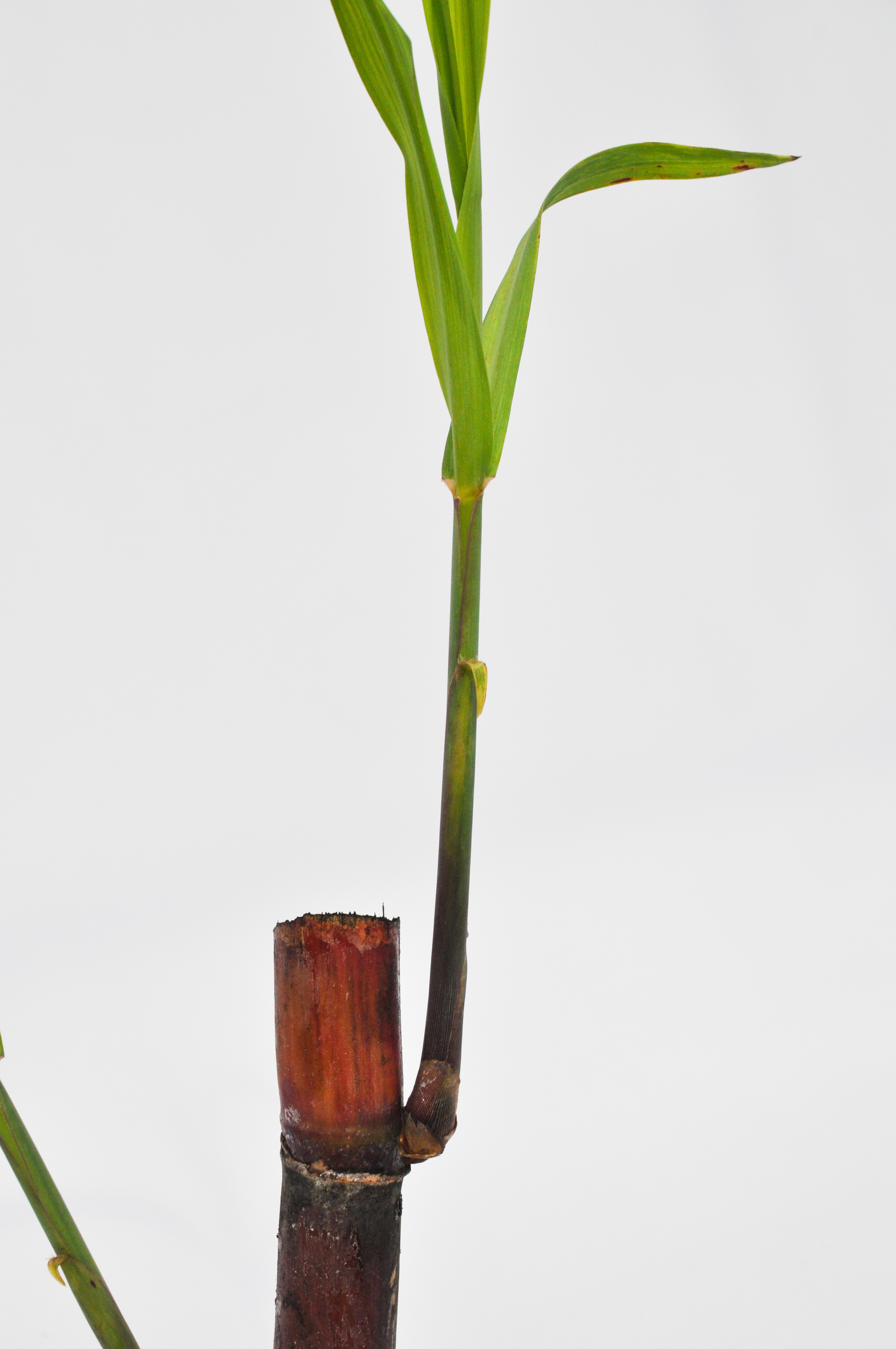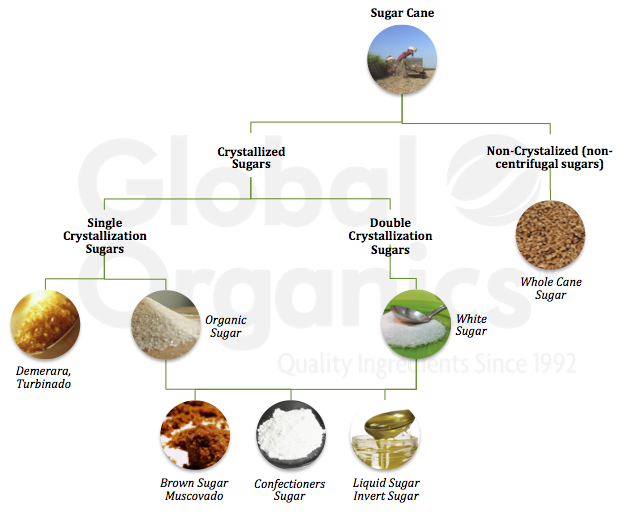Why Walking Cane Sugar Processing Chemicals Are Important for Modern Sugar Refining
The duty of cane sugar handling chemicals in modern-day sugar refining can not be overemphasized, as they are essential to enhancing both the efficiency of removal and the total quality of the last item. Representatives such as phosphoric acid and details flocculants are utilized to get rid of impurities, resulting in sugar that not only satisfies consumer expectations yet likewise adheres to sector criteria.
Role of Processing Chemicals
The effectiveness of walking stick sugar handling pivots substantially on the strategic application of processing chemicals. These chemicals play a crucial function in boosting the effectiveness and high quality of sugar removal and refining. From the initial phases of juice extraction to the last filtration actions, processing chemicals promote various vital procedures.
In the removal phase, chemicals such as phosphoric acid and calcium hydroxide are employed to enhance the clarification process, assisting to get rid of impurities and put on hold solids from the walking stick juice. This not just enhances the return but also guarantees the clearness of the last item. Furthermore, representatives like flocculants help in the quick settling of pollutants, thereby improving the general procedure.
As the processing advances, chemicals are used in decolorization and formation stages. Triggered carbon and ion exchange materials serve to eliminate color and odor, ensuring that the polished sugar fulfills customer high quality standards. Ultimately, the function of processing chemicals expands past functional efficiency; they significantly affect the sensory attributes of the final product, contributing to market competition. Thus, the precise option and application of these chemicals are crucial for attaining optimal outcomes in cane sugar handling.
Secret Kinds of Chemicals
Walking cane sugar processing counts on a range of vital chemicals that facilitate each stage of manufacturing. These chemicals play crucial functions in clearing up, bleaching, and detoxifying the sugar drawn out from cane.
One main category of chemicals includes flocculants, such as polyacrylamide, which help in the information procedure by promoting the aggregation and settling of pollutants. Additionally, calcium hydroxide is frequently utilized to neutralize level of acidity and help in the elimination of non-sugar parts.
Whitening agents, such as triggered carbon and sulfur dioxide, are utilized to decolorize the syrup, resulting in a clearer end product. These chemicals help get rid of shade substances that may influence the sugar's look and bankability.
In addition, phosphoric acid offers as a pH regulatory authority during the handling stages, ensuring optimum conditions for the chemical tasks involved in sugar extraction and filtration.
Various other crucial agents include edta (ethylenediaminetetraacetic acid), which chelates metal ions that might militarize unwanted reactions, and sodium hydroxide, which assists in pH control throughout the refining process. Collectively, these chemicals improve performance and make sure a high-grade cane sugar item.
Benefits for Sugar Quality
Usually overlooked, using specific processing chemicals dramatically improves the overall quality of cane sugar. These chemicals play a crucial role in refining processes, making sure that the end product fulfills rigorous market requirements for purity and preference.

In addition, refining chemicals assist in attaining a consistent granulation and texture, which are important for consumer approval. By controlling the crystallization process, these chemicals guarantee that the sugar crystals develop uniformly, resulting in an extra attractive product that liquifies well in Read More Here different applications.
Furthermore, using these chemicals can enhance the life span of walking cane sugar by decreasing wetness absorption and microbial growth. In general, the calculated application of processing chemicals is crucial for delivering top notch walking cane sugar that meets consumer assumptions and market demands.
Ecological Influence Factors To Consider

Moreover, the energy-intensive nature of sugar refining, intensified by chemical use, frequently causes boosted carbon emissions. This adds to environment modification and elevates worries relating to the sustainability of current refining methods. In addition, the sourcing of these chemicals may involve methods that threaten biodiversity, such as monoculture farming, which reduces Full Report the resilience of farming ecological communities.

To reduce these influences, sugar refiners are increasingly discovering sustainable options and adopting best methods that reduce chemical usage. Carrying out extensive environmental administration systems can aid make sure that the refining process lines up with environmental standards and advertises biodiversity. Ultimately, a well balanced method that prioritizes both sugar top quality and environmental stewardship is vital for the long-term feasibility of the sugar industry.
Future Fads in Refining
As the sugar market faces the ecological challenges related to traditional refining approaches, cutting-edge strategies are emerging to improve both efficiency and sustainability. One significant pattern is the adoption of eco-friendly chemistry principles, which prioritize making use of safe, eco-friendly handling chemicals. This shift not only reduces ecological effect but likewise addresses consumer need for cleaner manufacturing methods.
An additional appealing advancement is the application of sophisticated purification modern technologies, such as membrane layer separation and adsorption procedures. These strategies boost the clearness and high quality of the sugar while minimizing the volume of wastewater generated during refining. Furthermore, the integration of electronic innovations, consisting of IoT and AI, is transforming functional performance by allowing real-time tracking and predictive upkeep, hence decreasing source waste.
Additionally, using byproducts from sugar refining, such as bagasse and molasses, is acquiring traction. These materials can be converted right into biofuels or value-added items, adding to a round economic situation within the sector. Jointly, these fads signify a shift in the direction of more sustainable practices that not just enhance functional effectiveness yet additionally line up with worldwide sustainability goals, making sure the future feasibility of sugar refining.
Verdict
Walking cane sugar handling chemicals are essential in modern sugar refining, substantially enhancing the effectiveness and quality of sugar extraction. The strategic use these chemicals not just enhances the pureness and flavor of the last product yet additionally guarantees consistent formation and texture. As the sector significantly prioritizes sustainability, the adoption of environmentally-friendly processing representatives is most likely to form future patterns in refining, eventually leading to greater high quality items and prolonged shelf life for consumers.

Inevitably, a well balanced method that focuses on both sugar top quality and ecological stewardship is essential for the lasting feasibility of the sugar industry.
Walking cane sugar handling chemicals are essential in modern-day sugar refining, significantly improving the performance and quality of sugar removal.